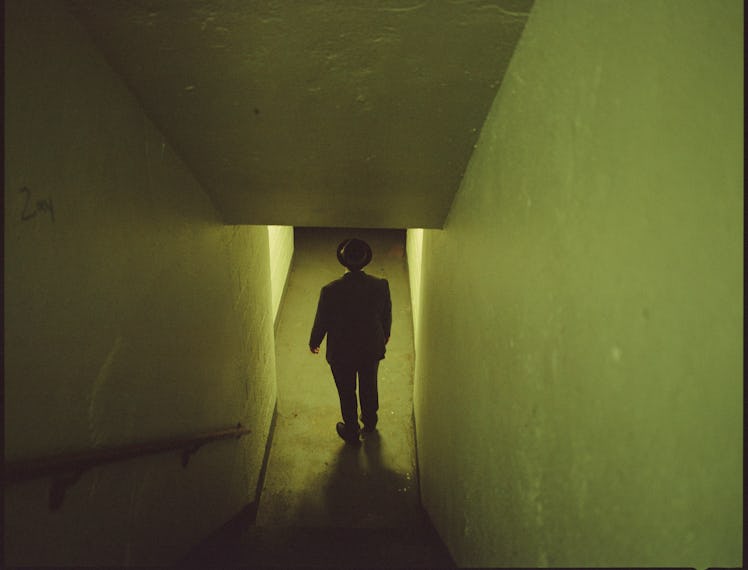The photographer Theo Wenner has released a new book, “Homicide,” which documents the work of NYPD detectives in the specialized homicide division. Over the course two years, Wenner embarked on a ride-along of his own kind, following officers working on crime scenes and taking photos of their day-to-day. Below, he discusses the process behind “Homicide” and moving from fashion editorials to true-crime journalism.
Theo, your first book “Jane,” was an ode to your mother. This one, “Homicide,” has an entirely different tone and surrounds photographic coverage of murder investigations. How did you choose to focus on something so different for your second book?
Like the book I did about my mother, this focuses on another sort of insular, private world filled with its own type of family dynamics, codes, and traditions. Homicide detectives have captured the public’s imagination in a century’s worth of movies, literature, and news; the detective has become an archetype ingrained in American mythology. I wanted to see what that world really looks like. What type of person chooses to deal with life and death on a daily basis?
The way you visualize the cops and detectives drinking, eating, and sometimes laughing—I can’t tell if you’re critiquing them or not? After spending so much time with these people, how do you feel about their line of work?
I was very clear from the beginning of this project, with both the publisher and the NYPD, that this is going to be photojournalistic in nature: these photographs are just a documentation of what I saw and what happened.
You work most often in fashion spaces, where there are stylists, hair and makeup teams, lighting teams, etc., on set. They’re all concerned with creating the perfect image. What was it like to be a fly on the wall for “Homicide”?
Imagine having to not worry about ten things potentially going wrong at all times when you’re trying to take a photograph. Without it, just watching [the subject], you have complete focus in the present moment. It’s like how they say if you lose one of your senses, [another] becomes stronger. I would realize sometimes that I had no sense of time when I was photographing the detectives. I wouldn’t look at my watch for five hours [sometimes].
Photograph from "Homicide," by Theo Wenner, available via Rizzoli.
How has your opinion on homicide changed after making this project?
Unfortunately, there is a grim reality to most homicides in the city. They usually revolve around drugs and/or are gang-related. They are not the work of some sophisticated criminal taunting the detectives. Most murders happen for the same reasons.
What was the most challenging part of working on this project?
Aside from the subject matter itself, it was knowing when to end the project. I ended up working on this project a year longer than I thought I would. There was always more to see. The idea that something happens at any moment that is of so much consequence is a hard thing to walk away from as a photographer.
Photograph from "Homicide," by Theo Wenner, available via Rizzoli.
I wonder if you researched the photographer Weegee before you started shooting “Homicide.” Do you have a newfound respect for their work, or did their own body of work somehow inspire your approach to this?
I am a huge fan of Weegee and I looked at a lot of work done on crime and police. There are some superb books, both photography and literature, on the subject. David Simon’s “Homicide” is a masterpiece. This was actually the first time in the history of the NYPD that a photographer has been allowed to document homicide detectives. I was able to see something that hadn’t been seen before.
What did you learn over the course of the two years you followed the men in this book?
The thing that I noticed every homicide detective seems to have is a very deep understanding of the human condition—and almost an encyclopedic knowledge of the street and neighborhoods. Investigating a murder is all about talking to people, listening for details that might unlock a lead. They possess that ability on an incredible level.
Flipping through the pages of this book, I wonder who you consider the main subject? Is it the detectives/cops, or the homicide victims, or maybe the murderers themselves?
That is up to the viewer.
Photograph from "Homicide," by Theo Wenner, available via Rizzoli.
